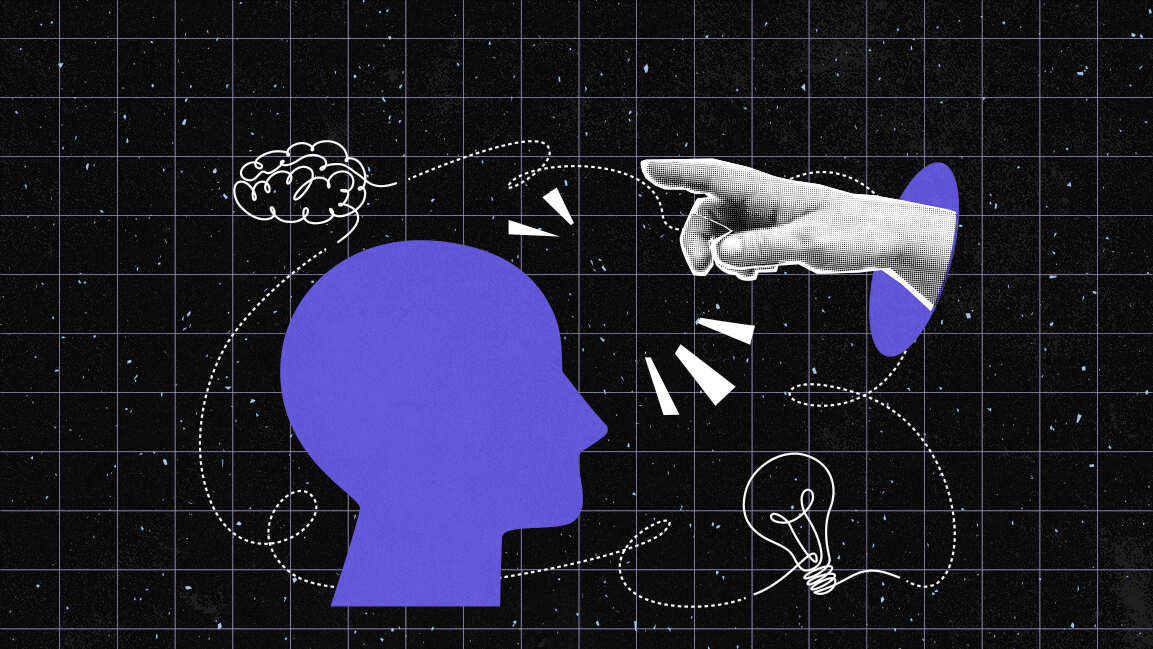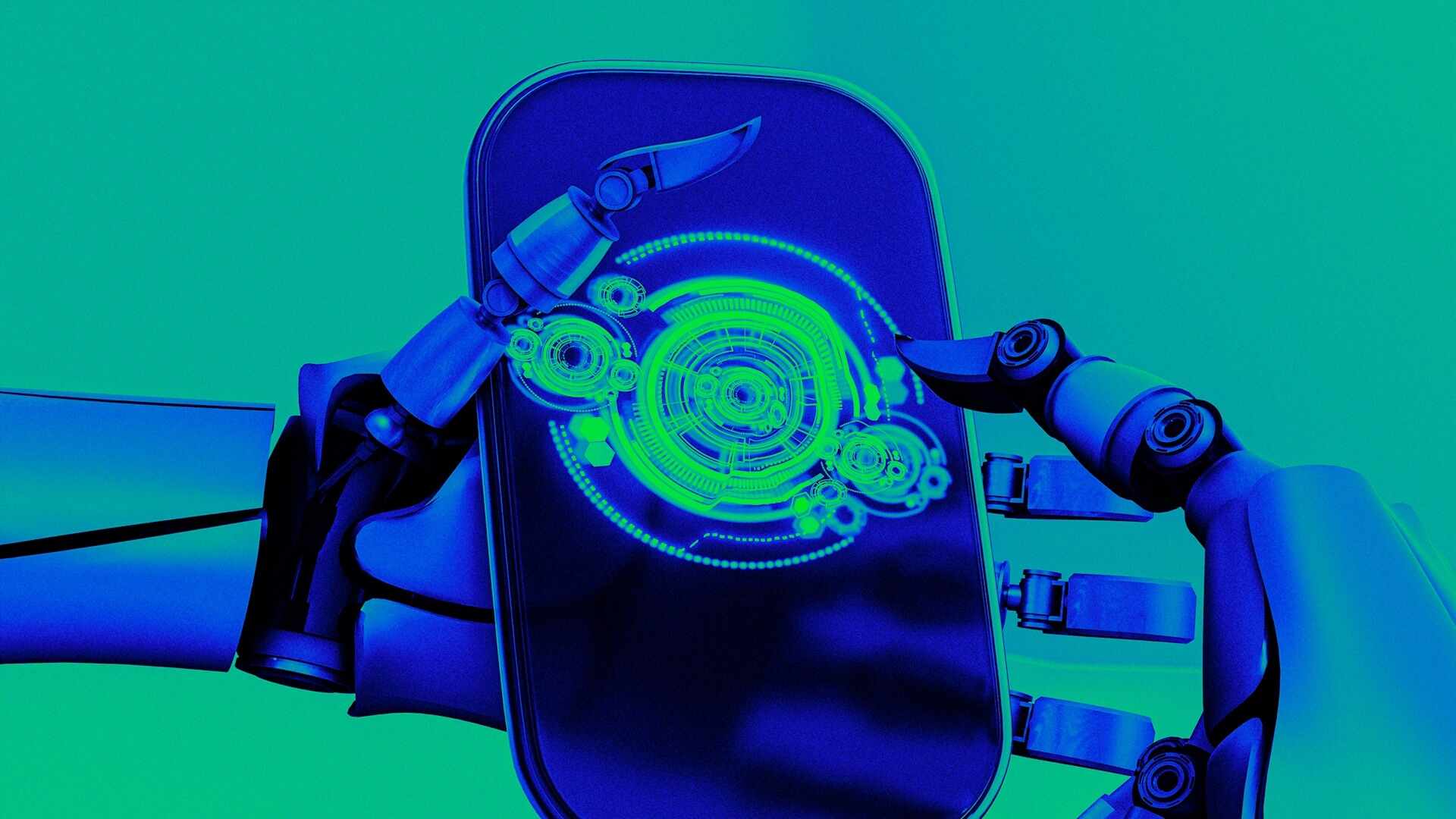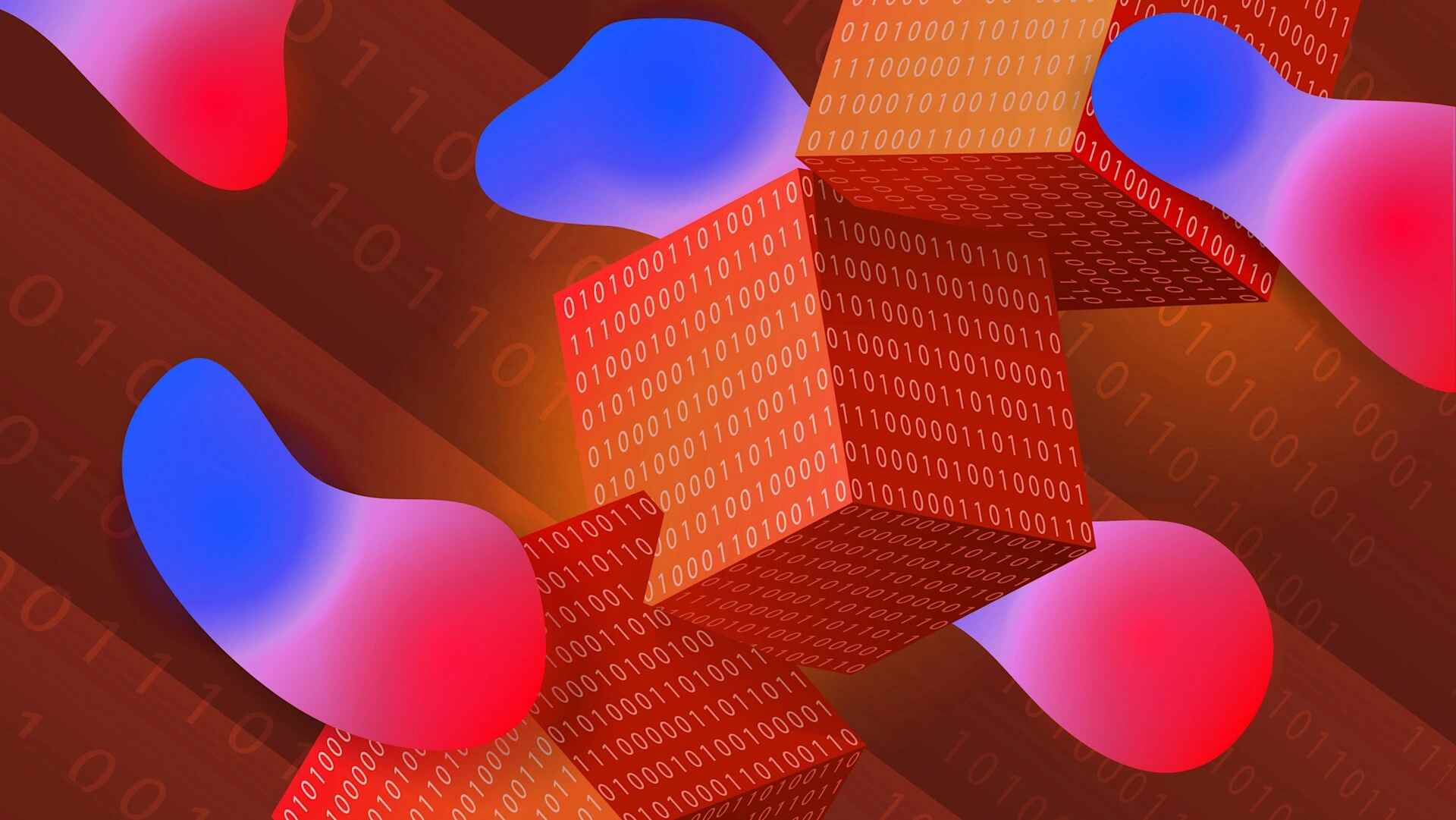- | 9:00 am
Tech for inclusion: How innovation is transforming autism support in the UAE
Technology is enhancing accessibility, education, and therapy

“One of the things that drew us to the UAE was its growing focus on integrating technology into autism therapy. While tech-based solutions for autism are not yet widespread here, there is a noticeable push to incorporate them into therapy practices”, says Hameed Ahmed Khan, Head of EPMO at Ajman Bank.
Over a year ago, Khan and his family decided to move from Canada to the UAE. While several factors influenced their relocation, one of the most significant was the search for better autism support for their 7-year-old son. Diagnosed at just one year old, his son benefited from early intervention. This diagnosis provided much-needed clarity, but it also marked the beginning of a long and often challenging journey to find the right support for him.
INCREASE AWARENESS AND SUPPORT
The UAE government has taken significant steps to increase autism awareness and enhance support through various initiatives. Currently, the country has three designated autism schools specifically serving children on the spectrum. These schools offer specialized educational programs, ensuring children receive the tailored support and attention needed to thrive.
In recent years, there has been a transformative shift in how autism support is delivered across the Middle East, largely driven by rapid technological advancements. From personalized therapy tools and mobile applications to innovative assistive devices, technology has become a game-changer in improving the lives of individuals on the autism spectrum.
As the region continues to embrace digital solutions, these advancements are not only enhancing accessibility and education for individuals with autism but also fostering greater awareness, inclusion, and opportunities for growth.
“Dubai set a goal three years ago to become the first Certified Autism Destination”, says Myron Pincomb, CEO and Board Chairman of the International Board of Credentialing and Continuing Education Standards (IBCCES). This organization has been instrumental in promoting autism accessibility and certification in the Middle East.
TECHNOLOGY IN AUTISTIC SUPPORT
Underlining the importance of technology in autistic support, Pincomb says, “We’ve made significant progress and have started training employees at over 860 hotels, Dubai International Airport, Dubai beaches, Emirates Airlines, and many other locations.”
Technology, he adds, has been crucial in this process, as most training is delivered online. “This allows us to offer the training in multiple languages and tailor it to specific job roles. Our program is not one-size-fits-all, and part of the certification process includes an audit of each location. To support this, we’ve developed several tech tools to streamline the auditing process, enabling us to scale our programs effectively.”
Additionally, it launched the Accessibility App, a free tool that helps users with low vision, hearing impairments, and other conditions navigate daily life. “Once fully rolled out, this app will be a game-changer for the region.”
Technological advancements have significantly improved autism support in the region. While clinical evaluations and therapies like Applied Behaviour Analysis, Occupational Therapy, and Speech and Language Therapy are still commonly used, neuroscience-based technologies have improved the accuracy of diagnosis and treatment.
“Technologies such as fNIRS (optical brain imaging), EEG-based biomarkers (functional brain mapping), and AI have transformed early technical capabilities, allowing us to diagnose or remediate conditions like Autism Spectrum Disorder more accurately,” says Dr. Mohammad Nami, Assistant Professor of Cognitive Neuroscience and Neuropsychology at Canadian University Dubai.
“AI-empowered speech-to-text software, communication devices (apps included), and virtual reality training programs, which mimic day-to-day life for autistic individuals, are also greatly improving autistic individuals’ communication and social skills,” says Dr. Nami.
Although technology in autism support is still evolving in the Middle East, the UAE is showing progress by integrating tech-driven solutions alongside traditional therapies.
Telehealth and online therapy are becoming more common, offering virtual consultations in speech therapy and behavior analysis for families facing accessibility challenges or long wait times. Educational apps like Proloquo2Go and LAMP Words for Life are gradually gaining traction, helping children with autism improve communication.
Some centers are also experimenting with sensory-friendly wearables to help manage sensory overload. Additionally, while not yet widely adopted, VR shows promise in providing structured environments for practicing social skills and managing anxiety.
“Technology is making a remarkable difference in supporting individuals on the spectrum,” says Hina Ayesha, DHa A-certified clinical psychologist specializing in neurodevelopmental disorders in children.
“Several apps have proven to be incredibly helpful for people with autism. Digital PECS (Picture Exchange Communication System) apps allow children to communicate by selecting images, making expression easier.”
Autism-specific apps like Avaz, Jellow, and Sono Flex help build vocabulary and enhance language skills. Social skills training apps, such as Social Stories Creator and iPrompts, assist individuals in understanding and navigating social situations.
“Virtual reality platforms like Floreo provide safe, simulated environments where children can practice social interactions. Additionally, AR-based games and apps support sensory integration by gradually exposing children to different stimuli, helping them manage sensory processing challenges more effectively,” says Ayesha, adding that she integrates PECS apps like Avaz and VR platforms into her sessions to support children on the spectrum in developing communication and social skills.
As digital tools and neurotechnologies evolve, their impact on autism support in the Middle East will become increasingly personal, predictive, and inclusive. “These advancements promise a future where individuals on the spectrum have greater access to tailored interventions, empowering them to navigate the world with more confidence and support,” says Dr. Nami.






































